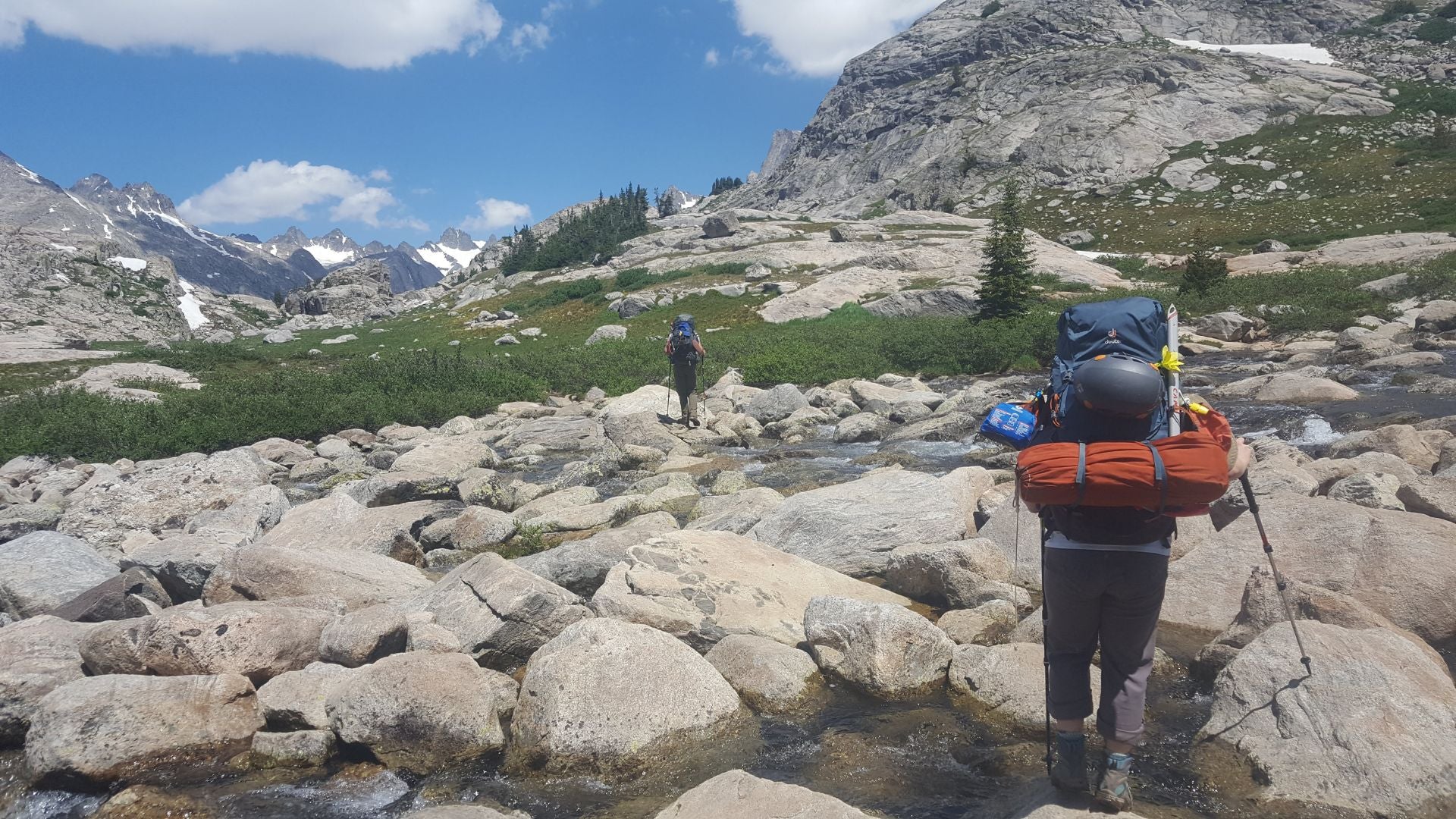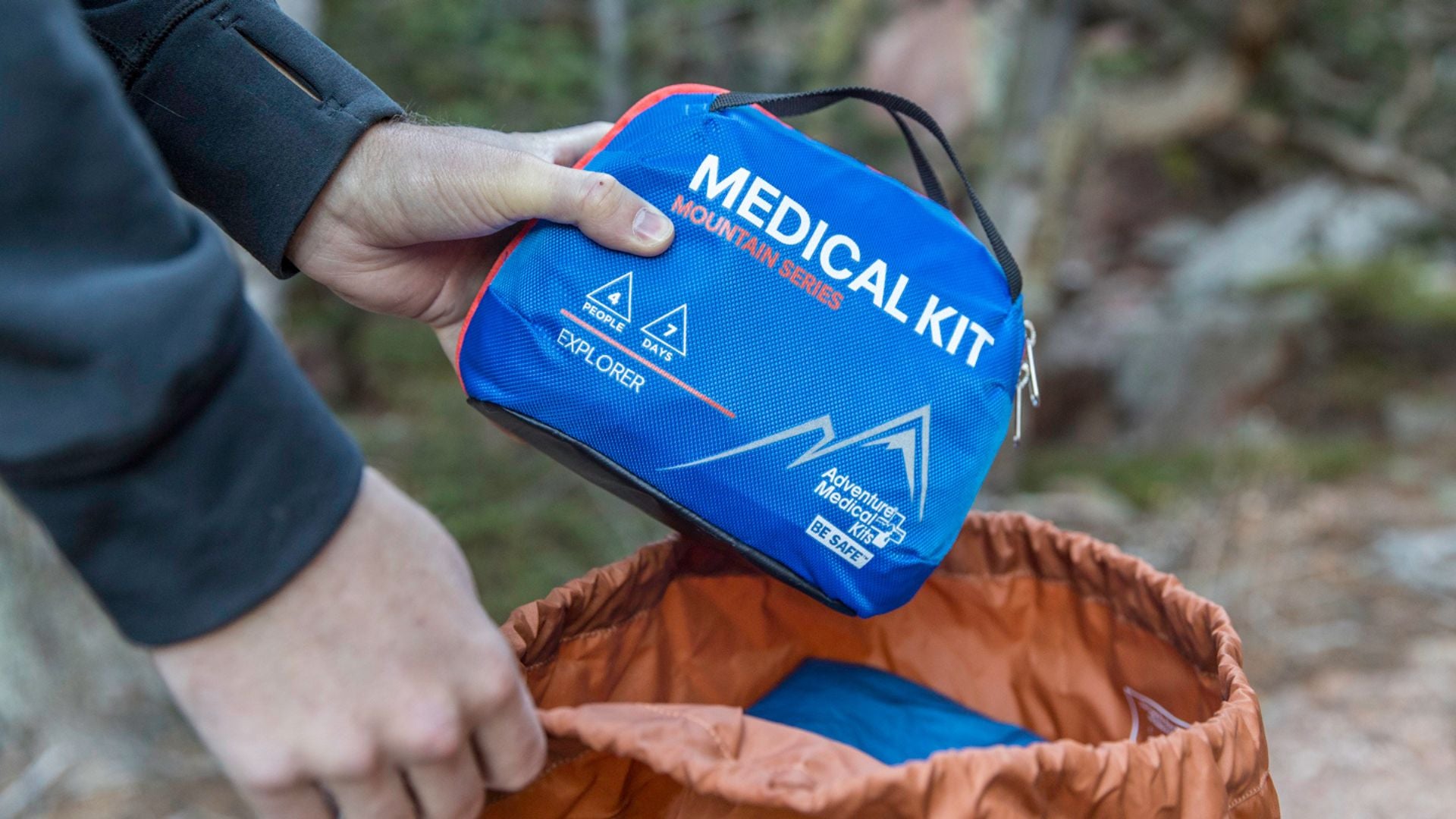Burns unfortunately can be a common injury anywhere from an isolated wilderness campsite to in your comfortable kitchen at home. Yet whether outdoors or at home, to distinguish a minor burn from a serious burn, the three classifications of either first-degree, second-degree or third-degree burn will help determine the appropriate emergency care.
1st-Degree Burns
The least serious burns are those in which only the outer layer of skin is burned, but not all the way through.
- The skin is usually red
- Often there is swelling
- Pain sometimes is present
First-degree burns can be treated as a minor burn with After Burn or other topical analgesic unless it involves substantial portions of the hands, feet, face, groin or buttocks, or a major joint, which requires emergency medical attention.
Here are a few simple tips for treating minor burns:

- Place the burned area under cool (not cold) running water for 10 or 15 minutes or until the pain subsides. If this is impractical, immerse the burn in cool water or cool it with cold compresses. Don’t put ice on the burn.
- Take an over-the-counter pain reliever. These include aspirin, ibuprofen (Advil, Motrin, others), naproxen (Aleve) or acetaminophen (Tylenol, others). Use caution when giving aspirin to children or teenagers.
- Make sure the victim is hydrated. Burns often cause dehydration and dizziness, so be sure to give the victim water if they are able to drink it.
2nd-Degree Burns
When the first layer of skin has been burned through and the second layer of skin (dermis) also is burned, the injury is a second-degree burn.
- Blisters develop
- Skin takes on an intensely reddened, splotchy appearance
- There is severe pain and swelling
If the second-degree burn is no larger than three inches in diameter, treat it as a minor burn. If the burned area is larger or if the burn is on the hands, feet, face, groin or buttocks, or over a major joint, treat it as a major burn (see steps below) and get medical help immediately.
3rd-degree
The most serious burns involve all layers of the skin and cause permanent tissue damage. Areas may be charred black or appear dry and white. Difficulty inhaling and exhaling, carbon monoxide poisoning, or other toxic effects may occur if smoke inhalation accompanies the burn. For major burns, call 911 or other emergency medical help. Until an emergency help arrives, follow these steps:
- Do not remove burned clothing. However, do make sure the victim is no longer in contact with smoldering materials or exposed to smoke or heat.
- Do not immerse large severe burns in cold water. Doing so could cause a drop in body temperature, and deterioration of blood pressure and circulation.
- Check for signs of circulation, such as breathing or coughing. If there is no breathing or other sign of circulation, begin CPR.
- Elevate the burned body part or parts. Raise above heart level, when possible.
- Cover the area of the burn. Use a cool, moist, sterile bandage, or a clean, moist cloth or towel.














